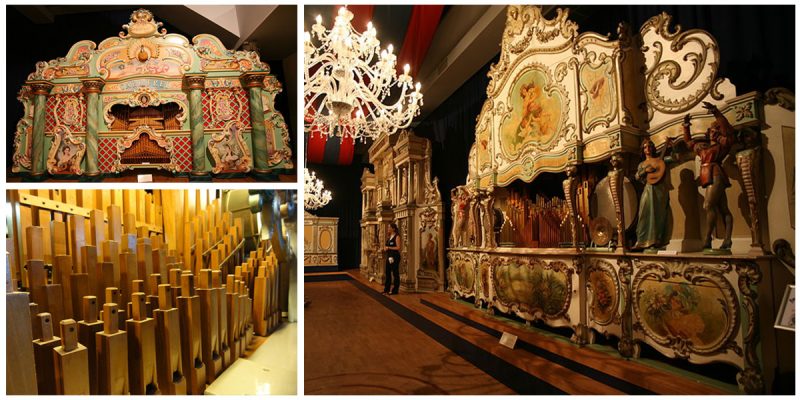Principally used in mainland Europe, a dance organ is a mechanical organ designed to be used in a dance hall or ballroom.
In their earliest days before the First World War, they were used in France, Spain, Belgium and the Netherlands, but the most elegant automatic organs the world has ever known came from the factories of Theofiel Mortier (1855–1944) in Antwerp, Belgium.
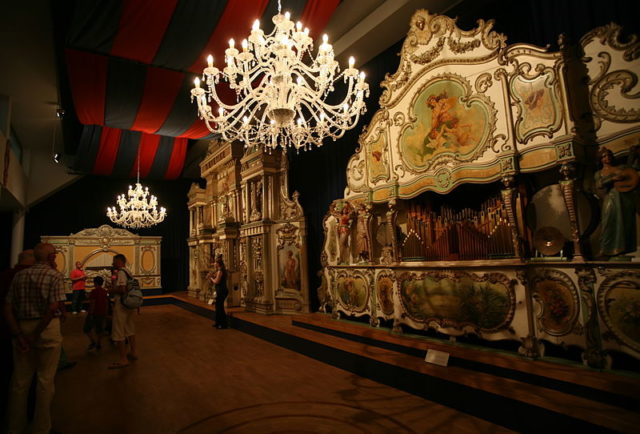
Theofiel Mortier started in 1898 as a vending agent for the Parisian organ builder Gavioli & Cie, in a period when the French and German organ industry was in full bloom, but in 1906 he began to manufacture the dance organs under his own name.
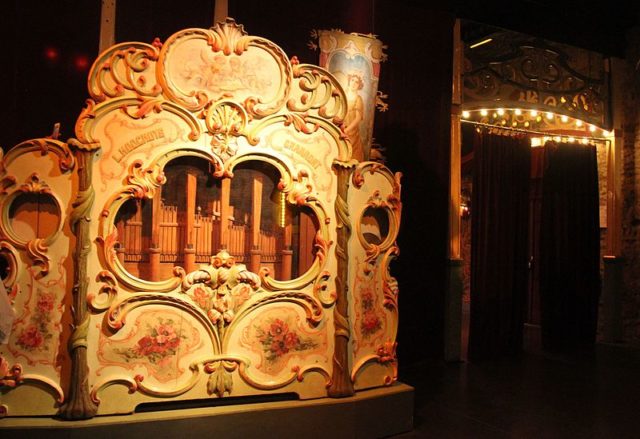
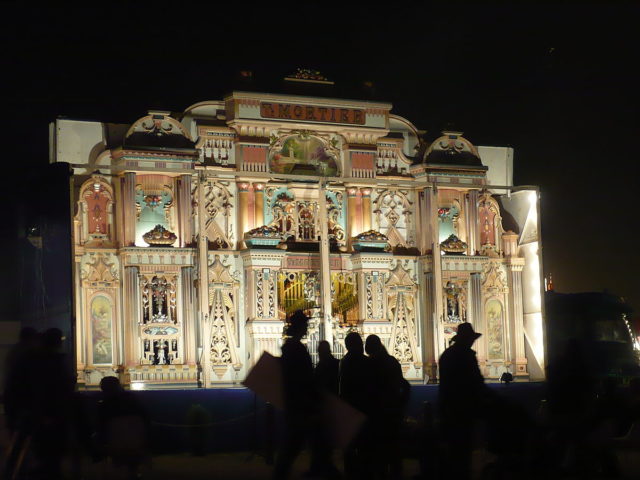
After the First World War, the company expanded to a size where they employed 80 personnel and had the capacity to build about 20 large dance organs per year.
The earliest organs musically aim to replicate and replace a small dance orchestra playing musical styles of the late 1800s and early 1900s.
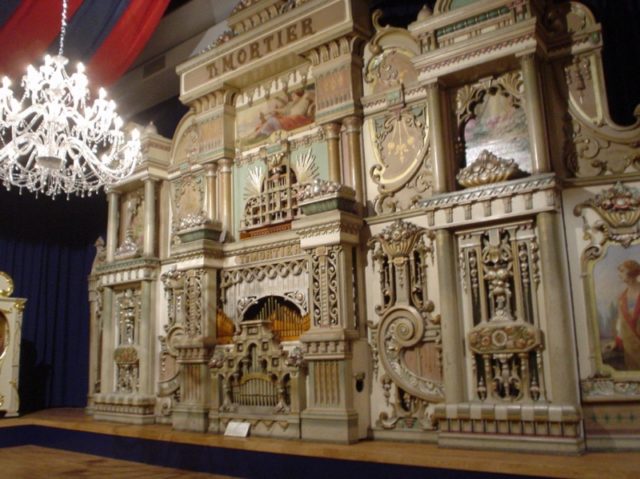
The Mortier organ, built in 1922 for the Victoria Palace in Ypres, Belgium and now called “The Amaryllis”, is a 97 key organ which plays folding perforated cardboard music books and the use of the vintage electric motor is one modern concession.
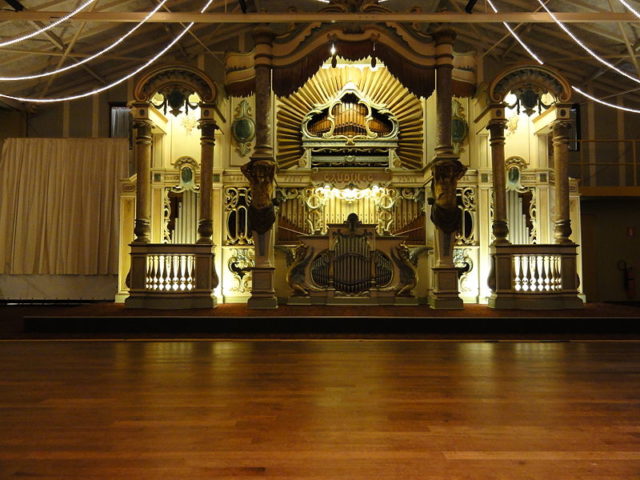
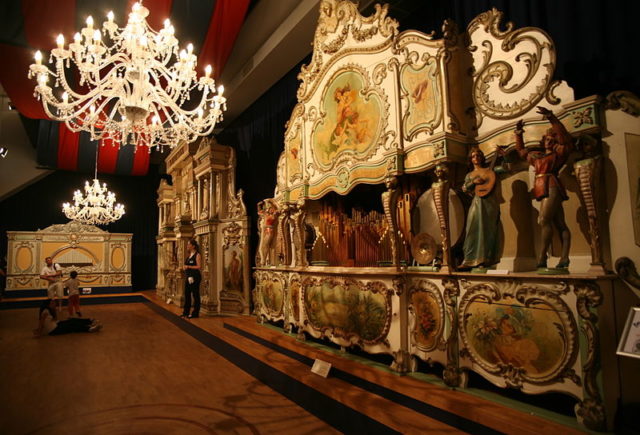
Another organ made in Belgium by Mortier was “The Emperor”. Instruments played by this machine include 418 pipes, snare drum, double castanets, bass drum, cymbal, 22 xylophone bars and double castanets. Its effect is similar to that of a 60-piece orchestra.

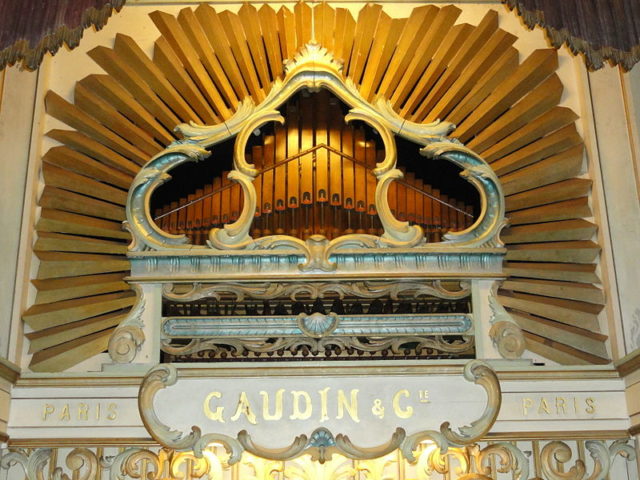
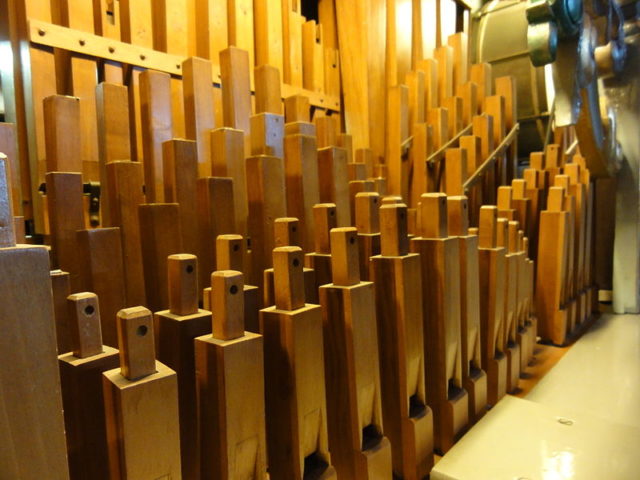
In the 1930s, the dominance of Mortier was matched by the instruments from the firm of Gebroeders Decap Antwerpen (Dutch for Decap Brothers Antwerp). By the end of the 1930s, both Mortier and Decap had reached their zenith both in art-deco facade design and musical abilities. Dance organs came in every size.
The principal chronology of manufacturers of dance organs is essentially: Gavioli (Paris), Marenghi (Paris), Mortier (Antwerp), Hooghuys (Grammont), Fasano (Antwerp), Decap (Antwerp) and Bursens (Hoboken, Antwerp).
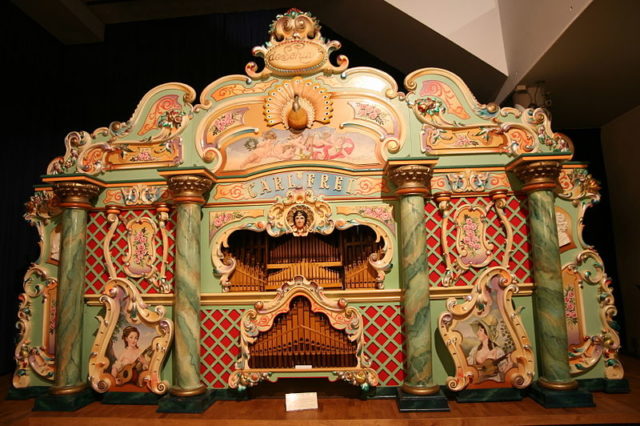
The company stayed active until 1948. Soon after, most of the Mortier organs fell into disuse and were demolished.
Here is another fun read from us: The steam pianos of the 19th century
Many marvelous Mortier organs were sold to the United States, England, and Japan, where nowadays they can be found in private collections and in museums.
